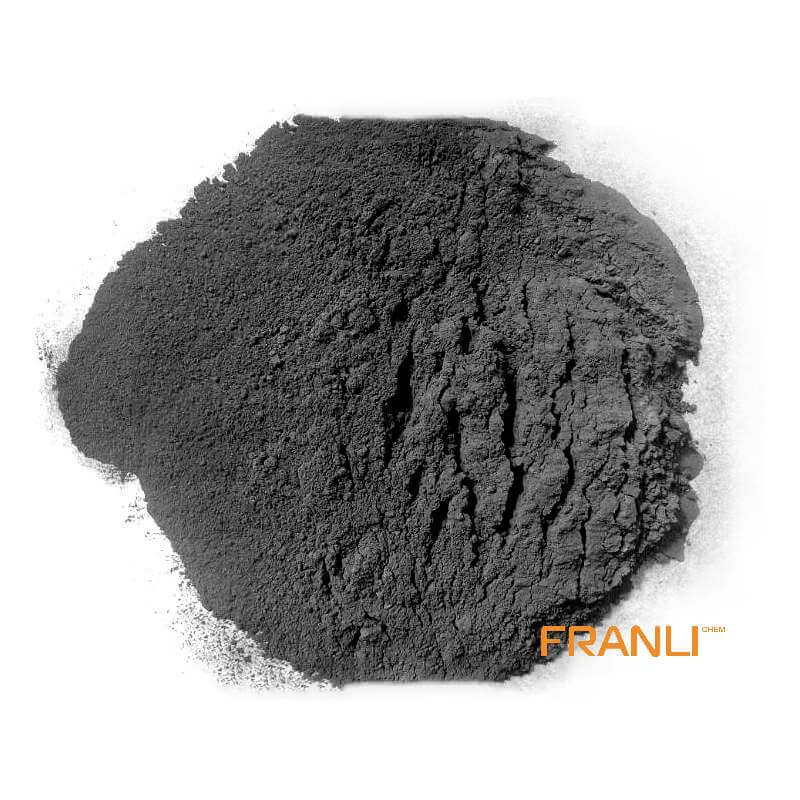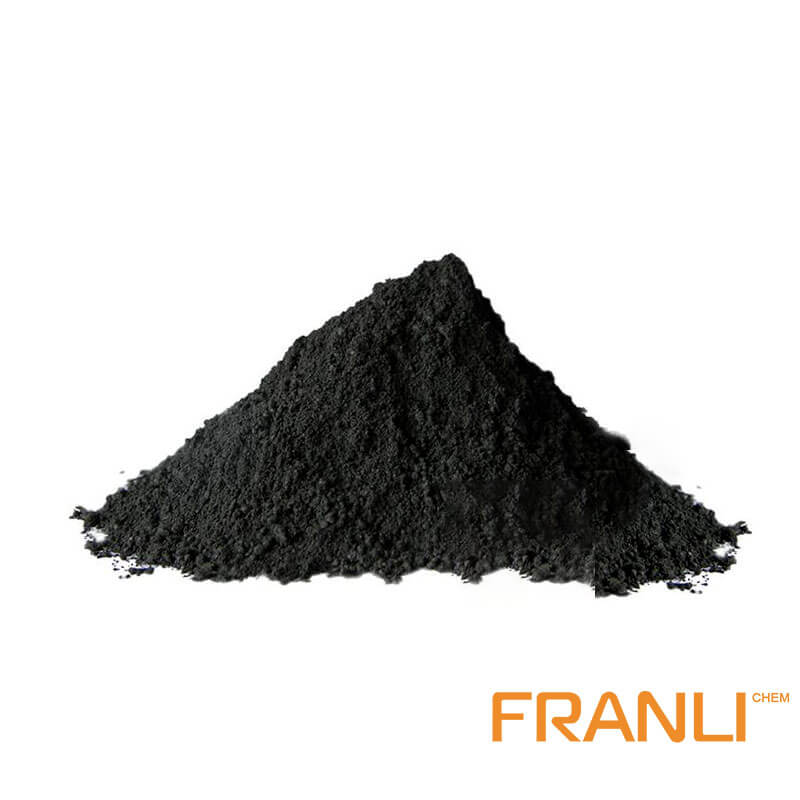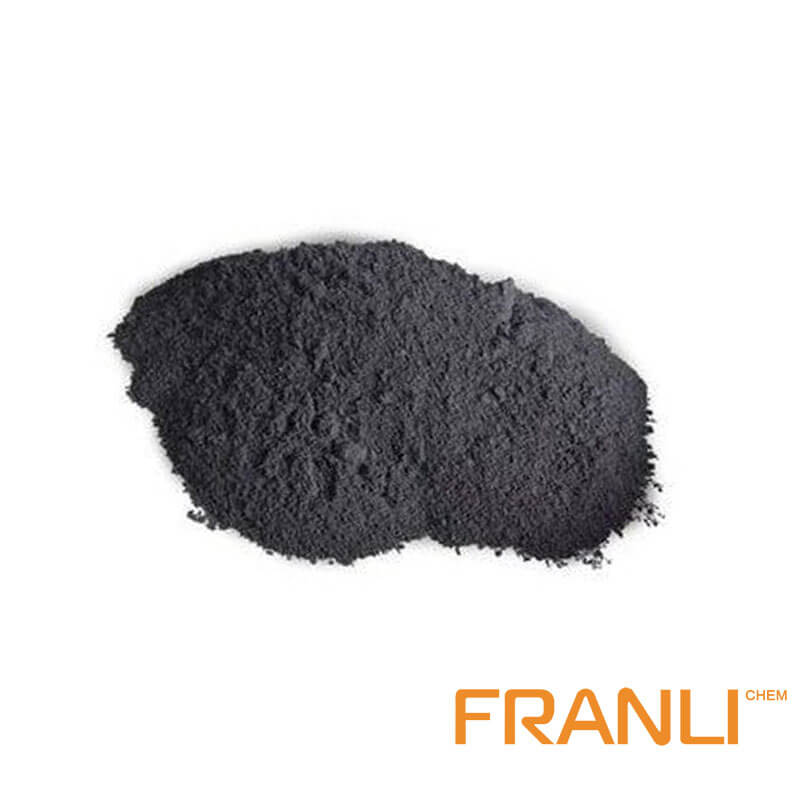



Artificial Graphite
Size
0.01mm or 0.07mm,etc
Package
25 kg small bags into ton bags or ton bags
Features
Good wear resistance, corrosion resistance, good thermal conductivity, etc.
Application
Can be used in making heat exchanger, reaction tank, absorption tower, etc.
There are many kinds of artificial graphite and different production processes. In a broad sense, all graphite materials obtained by carbonization of organic matters and treated by high temperature after being treated with graphite can be collectively referred to as artificial graphite.In the narrow sense, artificial graphite usually refers to the massive solid materials prepared by batching.
Request a quoteAt present, the graphite materials used in some batteries are natural graphite, artificial graphite or graphene. Artificial graphite of Franli is a mixture of graphite and carbon, pure graphite can conduct electricity, carbon is added to increase conductivity. It is usually made into different shapes and sizes to accommodate different battery designs.
Graphite is a key component in modern battery manufacturing, used in everything from smartphones to electric vehicles. In order to reduce dependence on fossil fuels and shift to renewable energy, the demand for high-performance batteries will only continue to grow. As a result, the ability to produce high-quality graphite suitable for battery use has never been more important.

Choice of artificial graphite
The most commonly used type of graphite in batteries is artificial graphite. This material is made by heating and graphitizing petroleum coke or coal tar pitch. The process involves heating a layer of carbon to a high temperature to rearrange the carbon atoms into a graphite structure. Produces a highly ordered lattice structure that can efficiently store and release lithium ions. It has higher purity and more consistent structure than natural graphite, resulting in better performance and longer service life in batteries.
The performance of artificial graphite used in batteries is measured by its capacity, charging and discharging speed, thermal stability, ability to store energy, and ability to handle large currents. The performance of batteries using artificial graphite is improved because of its high capacity and ability to handle large currents.
Factors that determine the quality of the battery
(1) Particle size of graphite: because smaller particles allow for better ion diffusion and faster charging and discharging. The degree of graphitization is also important, because the higher the degree of graphitization, the more stable the structure and the better the conductivity.
(2) The surface area of graphite particles: It affects the amount of lithium ions that can be stored. To increase the surface area, artificial graphite is often processed through additional steps, such as grinding, acid treatment or thermal oxidation.
The quality of graphite used in batteries is a key factor in determining battery performance and durability. As demand for sustainable energy solutions increases, Franli Graphite is likely to continue its research and development into the production of artificial graphite for battery applications.

Significant advantages of artificial graphite
(1) Purity: The purity of artificial graphite is much higher than that of natural graphite. This means that it contains fewer impurities that can interfere with the battery’s performance. In addition, its crystal structure can be precisely controlled during the manufacturing process, resulting in a more consistent product. This is especially important for batteries, which require a homogeneous composition to function optimally.
(2) Yield: This is important because the demand for batteries is growing rapidly and reliable sources of high-quality graphite are needed to keep up with this demand. Only artificial graphite that can be mass-produced can ensure the key material of graphite batteries.
(3) Carbon composition: Unlike natural graphite mined from the earth, artificial graphite is made from various carbon-rich materials. These materials are subjected to high temperatures and pressures, causing them to decompose and form graphite crystals. This process produces a highly pure and homogeneous form of graphite that is ideal for use in batteries.
As the demand for electric vehicles and renewable energy continues to grow, the need for efficient and high-performance batteries is becoming increasingly important. The most important material for graphite in batteries is artificial graphite, which is ideal for manufacturers looking to produce high-performance batteries.
Franli graphite company will provide preferential prices and high-quality graphite to facilitate the production of graphite batteries.



